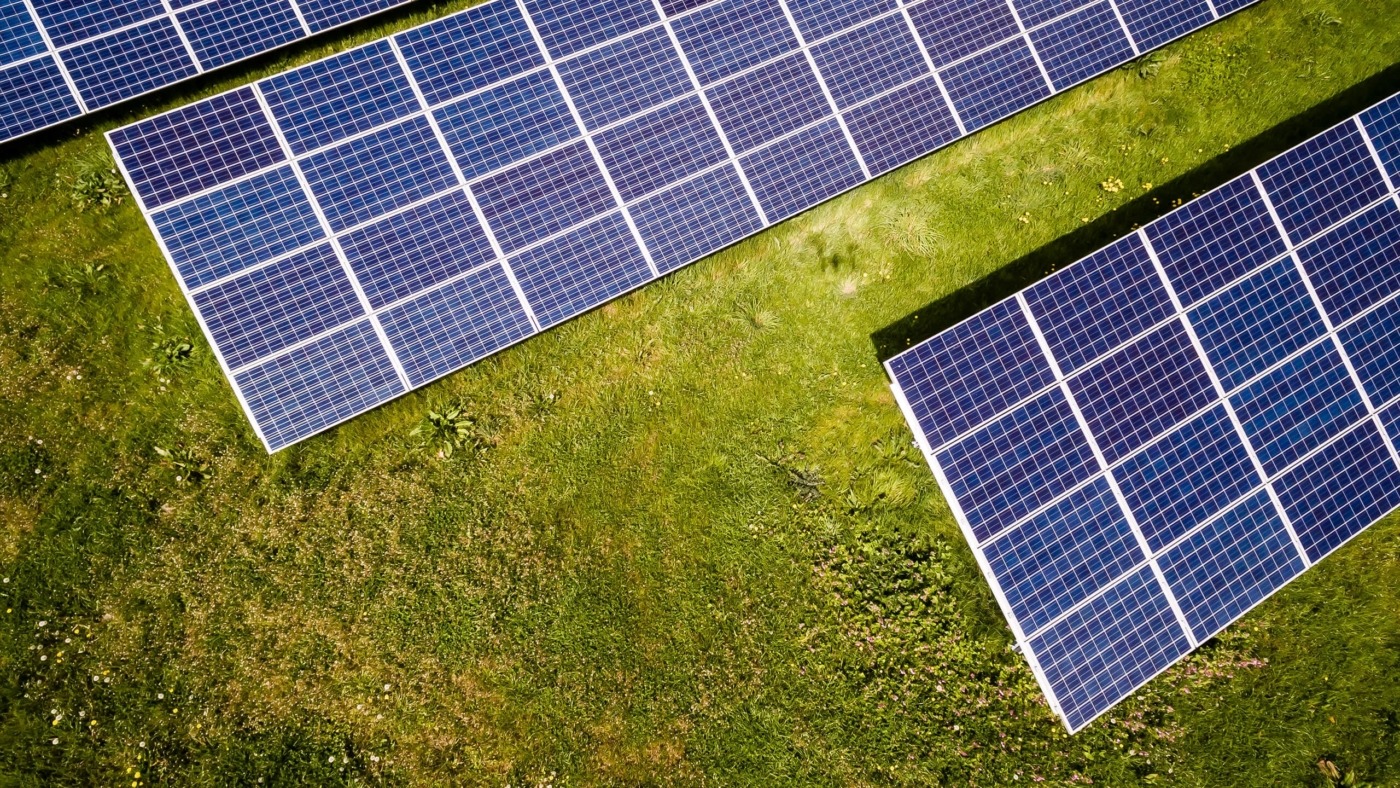Breakthrough in solar cell research made by Warwick chemists
One of the thorny issues with global warming is getting the pessimistic economists to view climate change as an opportunity to change the way they see this world and begin to delve deeper into the definition of a green economy and the means by which to attain it. This also means getting the numbers on our side so that they also agree that it is both pragmatic and wise to invest in our environment. However, a breakthrough made by Warwick chemists in the field of solar cell science may provide a much-needed paradigm shift.
One of the biggest sectors within the field of carbon emissions is the energy sector and one of the main hopes to decarbonise this sector is solar energy. Naturally, therefore, the efficiency of solar cells is integral in all conversations influencing how we view their potential. At Warwick’s Department of Chemistry, Dr Ross Hatton’s research group is focussed on photovoltaics including developing new organic semiconductors. This research is carried out with the aid of Dr Silvia Varagnola, who works as a postdoctoral researcher.
At Warwick’s Department of Chemistry, Dr Ross Hatton’s research group is focussed on photovoltaics including developing new organic semiconductors
For the purposes of photovoltaics, patterned films of metal are required. The two most commonly used metals are copper and silver. Previously, patterning these metals for organic photovoltaics was a slow and expensive process involving toxic chemicals or printing from costly metal inks. This meant the process (and product) was both economically unfavourable and environmentally unfriendly. The economics was therefore against it and the environmental gains were also rather tough to justify.
Hatton and Varagnola have found that silver and copper do not condense onto extremely thin films of certain highly fluorinated organic compounds when the metals are deposited using thermal evaporation. Although this may sound like a very technical fact which may not mean much to someone without a background in chemistry, it is actually a rather profound breakthrough.
For the purposes of photovoltaics, patterned films of metal are required. The two most commonly used metals are copper and silver
Using a printed layer of organofluorine, the metals can now be deposited exactly where they are wanted using thermal evaporation. As we can tailor where the metal is deposited, this means that it is used most efficiently and only where it is needed. This is analogous to using a template or stencil to sprinkle glitter only where you want. This could make the next generation of solar cells more sustainable and cheaper. The method is compatible with roll-to-roll processing which quickens the process. The layer of organofluorine needs only to be one billionth of a metre thick to do the job and the material is already commonplace in non-stick cooking pans so any concerns of toxicity or harm are eliminated.
In this way, the materials required for solar panels are improved. In terms of the methods, thermal evaporation is already used on a large scale to make the metal film on the inside of crisps packets which means that this method can likewise be used on a large scale for the production of these solar cells.
This is analogous to using a template or stencil to sprinkle glitter only where you want
The news of metal waste reduction through this process could not have arrived at a better time as 2019 marks the International Year of the Periodic Table and the chemical community (and beyond) remembers that many of the elements that we take for granted are finite resources. Both copper and silver are actually endangered metals, with silver being under particularly serious threat. Using these photovoltaics, the use of silver can, therefore, be kept to a minimum.
Besides flexible solar panels, the findings can also be applied in next-generation sensors and low-emissivity glass. This research, made possible due to a £1.15m fund from the UK Engineering and Physical Sciences Research Council (EPSRC), was published in the journal Materials Horizons. Dr Hatton commented: “This innovation enables us to realise the dream of truly flexible, transparent electrodes.”

Comments